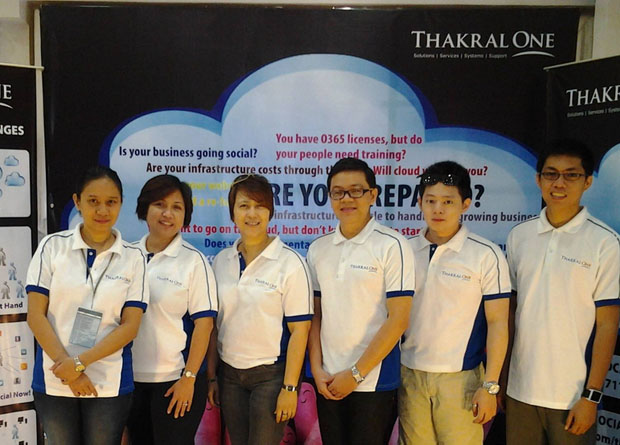PLDT’s wireless unit Smart Communications, Inc. (Smart) continues to step up its measures against text scams. As Smart rolls out its improved blocking tool and boosts its #BeCyberSmart awareness campaign, it also warns against cybercriminals employing new strategies to reach potential victims.
“Smart’s much improved blocking capabilities have prevented a significant number of SMShing messages from reaching customers. But scammers keep looking for new ways to run their phishing activities. They now send unclickable links, but with the same goal of luring customers into opening malicious domains,” said Jojo G. Gendrano, SVP and Chief Information Security Officer at PLDT and Smart.
Based on Smart’s investigation, scammers replace the dots in a URL with another character like ‘underscore’ or ‘slash’ to mask or conceal the hyperlinks. They will then ask potential victims to manually copy the address, place it on their browser and replace the special characters with dots, thereby activating the link. Another method is sending what may look like IP addresses but are numeric clickable links.
Coupled with advancement in the PLDT Group’s cybersecurity tools, PLDT and Smart likewise engage customers to become force multipliers in the fight against SMShing and other mobile technology-aided crimes and #BeCyberSmart. Useful #BeCybersmart tips to identify phishing, the most common form of cyberattack, can be summed up in the acronym ‘SCAM’.
S is for ‘Suspicious’. Never answer calls or respond to messages from unknown persons or entities, especially those asking for one-time passwords or OTPs. Official bank and Smart agents will never ask for your OTP.
C is for ‘Clickbait’. Scam texts often bait victims with too-good-to-be-true offers or prize winnings, urging them to click the link to avail of the limited-time offer.
A is for ‘Alarming’. Scammers also prod potential victims to respond to the message or to click the embedded link by creating a false sense of alarm such as account suspension or loss of access.
M stands for ‘Malicious’. Whether sent via SMS or email, these messages are often accompanied by a link that leads to a phishing website.
If you receive suspicious messages or calls, please report them to cybersecurityincidents@smart.com.ph and cybersecurityincidents@pldt.com.ph or to Smart’s verified and official social media pages – Smart Communications on Facebook and @SmartCares on X – or call our hotline *888.
HEADLINES
New modus exposed, PLDT Group flags unclickable links being sent by scammers
“Smart’s much improved blocking capabilities have prevented a significant number of SMShing messages from reaching customers. But scammers keep looking for new ways to run their phishing activities. They now send unclickable links, but with the same goal of luring customers into opening malicious domains,” said Jojo G. Gendrano, SVP and Chief Information Security Officer at PLDT and Smart.


You May Also Like
White Papers
Among the primary risks are inadequate security measures and insufficient resources allocated to OT cybersecurity, challenges surrounding regulatory compliance, and the complexities of IT/OT...
HEADLINES
With franchising recognized as a key driver of economic growth, the synergy between PLDT Enterprise and PFA has enabled businesses—both established brands and emerging...
HEADLINES
Earlier this year, the PLDT and Smart RAFM Group, in collaboration with Four Points by Sheraton Boracay, embarked on a transformative coastal cleanup drive...
HEADLINES
Located in Laguna’s fast-growing tech corridor, VSR is developed by VITRO Inc., a subsidiary of ePLDT and the data center arm of PLDT.
HEADLINES
These global benchmarks confirm that Smart is following the best practices in protecting its people, its customers, and the planet.
HEADLINES
From November to January, lucky customers won daily data freebies and snagged weekly raffle prizes such as 5G smartphones like iPhone 15 Pro Max, Samsung...
HEADLINES
The campaigns show attackers are capitalizing on people’s increasing familiarity with completing multiple authentication steps online – a trend HP calls ‘click tolerance’.
White Papers
IBM X-Force observed an 84% increase in emails delivering infostealers in 2024 compared to the prior year, a method threat actors relied heavily on...













































































































